The great white shark is, it’s fair to say, one of the world’s most unfairly maligned creatures.
As one of the ocean’s greatest apex predators, a great white shark attack is rightly feared, but this often leaves the creatures themselves vilified and almost always misunderstood.
Stuff like Jaws hasn’t helped (and the author of the novel, Peter Benchley, is on record as stating how much he regrets his part in demonizing the great white), and since the summer of ’75, the misinformation about – and vilification of – great white sharks hasn’t really stopped.
The fact of the matter, however, is that despite the fact that great white sharks get far too much flak, they still remain genuinely dangerous creatures.
These are powerful apex predators we’re talking about, after all. Great white shark attacks can – and do – happen.
And though those fatal shark attacks are seldom fatal, they nevertheless reinforce the preconception of great whites as terrifying, ruthless monsters.
In order to dispel such notions and examine why it is that great white sharks actually attack, it’s probably instructive to look at the most infamous great white shark attacks throughout history.
What were the circumstances? Were there any aggravating factors? And was the shark really out to kill and consume the victim, or did it mistake them for its usual prey of seal and sea lion?
Let’s take a look at the most infamous great white shark attack incidents of all time.
Simon Nellist [2022]
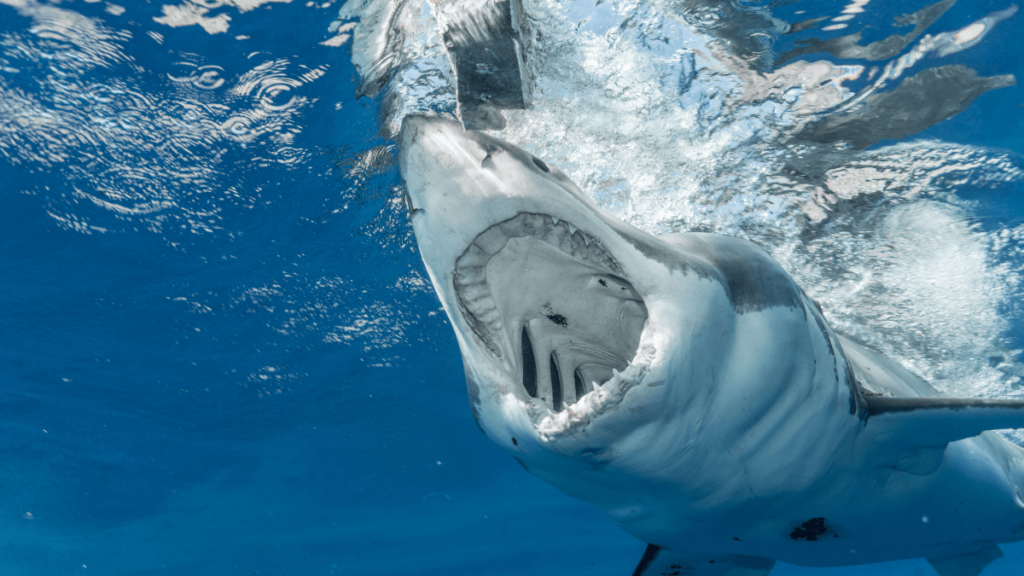
British man Simon Nellist had just delayed his dream wedding due to Covid and was training for a charity swim close to popular family beaches in Australia in February of 2022.
Life had different plans, unfortunately; a 13-foot great white ambushed Nellist from below, launching him into the air and killing him in a fatal shark attack that became notorious across Australia and around the world.
The attack on Nellist was unique in that it was a sustained assault of bites, with the shark latching on and thrashing to do further harm to the beleaguered swimmer.
It was further unique in that Nellist was partially consumed – something that almost never happens in attacks on humans from great white sharks.
Why Did This Great White Shark Attack Happen?
Though Nellist did nothing personally to provoke the great white, authorities classified Nellist’s death as a ‘provoked incident’.
The reason for this being a provoked incident was due to the presence of fishers nearby, whose activity is known to attract sharks. It has also been theorized that Nellis was mistaken for a seal due to his wetsuit.
Rodney Fox [1963]
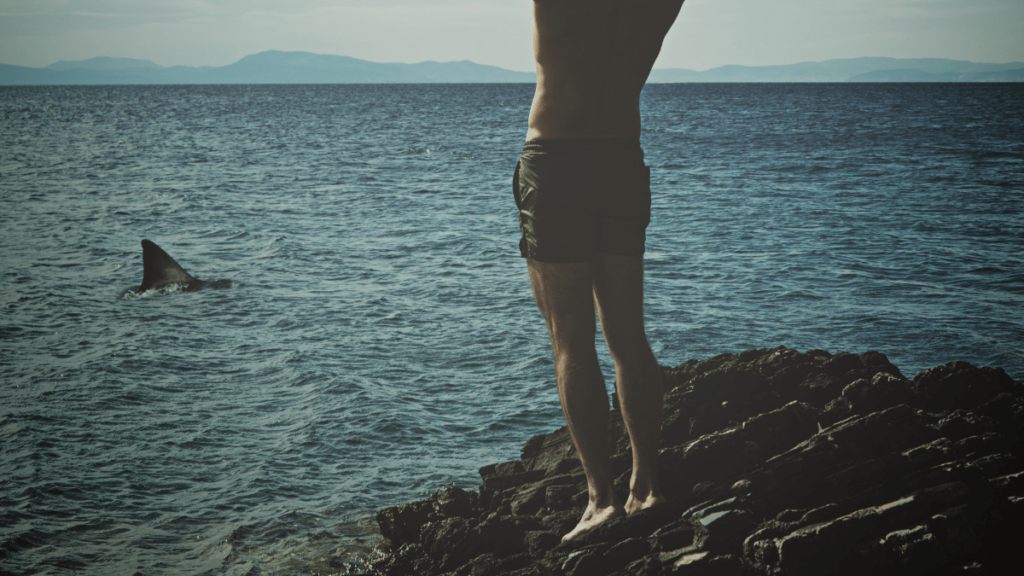
Shark conservationist Rodney Fox is one of the most famous – and one of the unlikeliest – shark attack survivors in the world.
In 1963, during a spearfishing competition off the coast of Adelaide, Australia, Fox was badly mauled by a great white shark.
Fox’s survival of the attack from the world’s largest predatory fish was nothing short of miraculous.
He suffered shattered ribs, a collapsed lung, and a damaged spleen and was minutes away from his veins collapsing due to the enormous amounts of blood lost.
To this day, Fox has a fragment of the shark tooth embedded in his wrist.
Why Did It Happen?
The reason for the attack on Fox is relatively simple – he was spearfishing, which is a hugely risky activity in waters known to be frequented by great whites.
The sharks are attracted by the smell of blood in the water and are often looking to steal the spearfishers’ catch – which is exactly what happened in this case.
After the initial attack on Fox, the great white returned to steal his catch – which was still attached to Fox via a tether. Thankfully, the tether was frayed in the initial attack, and he was able to make it to a boat.
Manuel Lopez [2023]
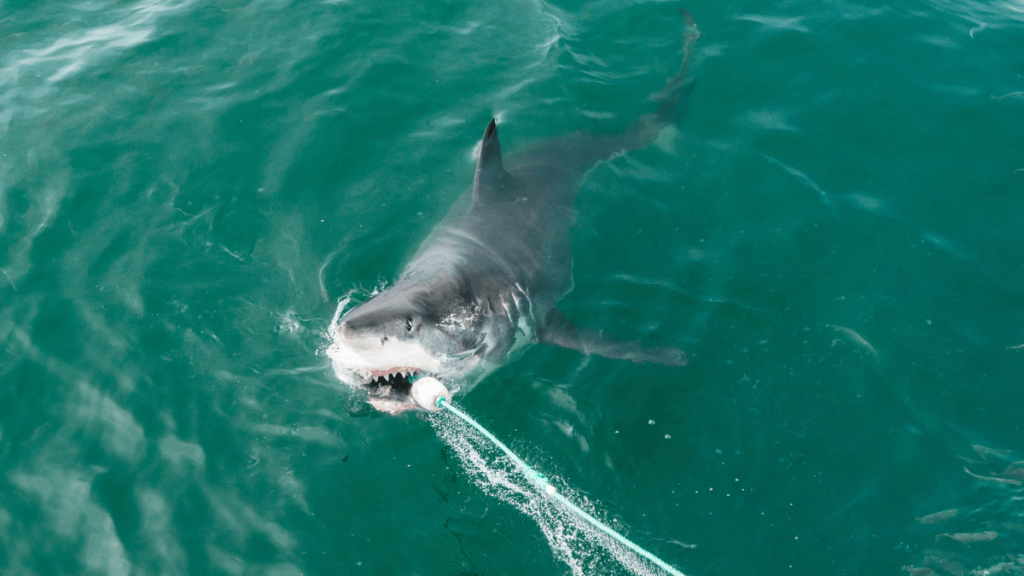
Mexican scuba fisher Manuel Lopez was collecting a type of mollusk known as ‘axe tripe’ when he was ambushed and killed by a great white off the coast of San Jose on January 6th, 2023.
Warnings had been issued in the days prior to Lopez’s death on account of the number of large great whites that had been spotted in the vicinity.
In addition, divers had been warned to wear black and white diving suits in order to stand out more in the murky ocean, thereby avoiding the possibility of being attacked.
Lopez was killed almost instantly in the attack; the shark bit his head clean off.
Why Did It Happen?
The reason for the attack on Lopez was as predictable as it was avoidable; he was fishing in a dangerous area, and his diving suit made him too closely resemble a seal.
Unfortunately, mollusk fishing was Lopez’s livelihood, and it seems to be the case that he had no choice but to continue to dive.
Shirley Ann Durdin [1985] Was One of the Most Horrific Known Shark Attacks
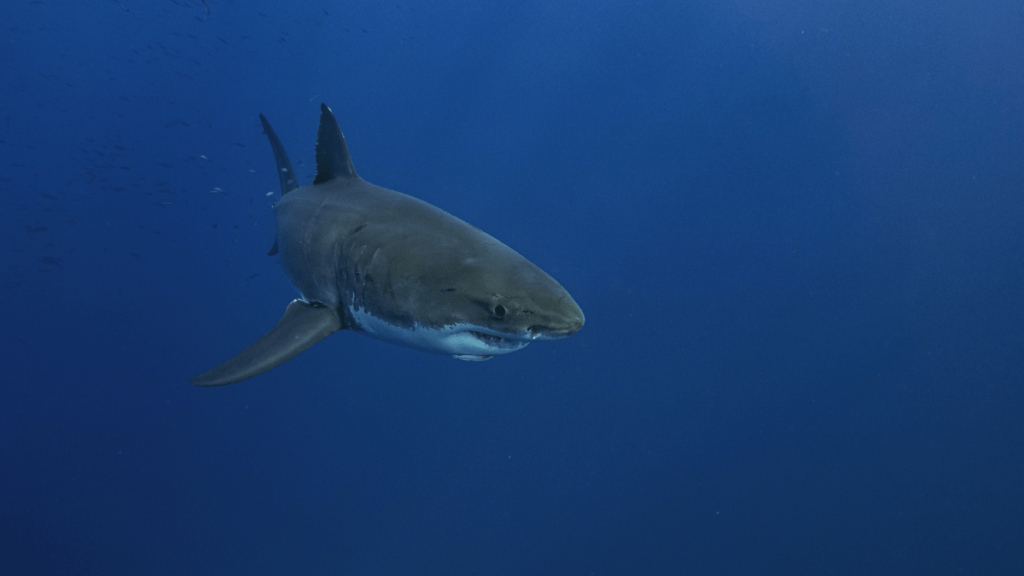
One of the most horrific and viscerally upsetting great white shark attacks of all time was recorded in 1985 when Australian mother Shirley Ann Durdin was subjected to a ferocious and sustained attack by a great white estimated to be 20 feet long.
Durdin, who had been diving for abalone, was set up by the shark, which bit her in half and decapitated her. As her distraught husband and children watched, the shark returned to devour the remnants of her body, ensuring that her remains would never be recovered.
Why Did It Happen?
It is not known if Durdin was wearing a wetsuit or not (a common reason for attacks of mistaken identity).
However, people diving for mollusks (whether abalone or, in Durdin’s case, scallops) have frequently been the subject of shark attacks, as the activity tends to attract them.
Julie Dimperio Holowach [2020]
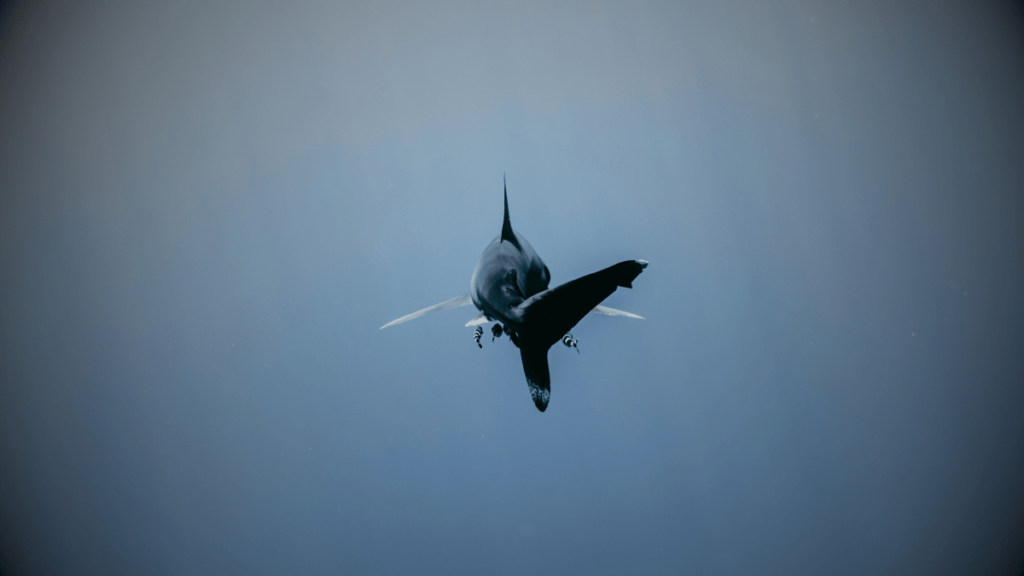
In the summer of 2020, the American state of Maine suffered its second-ever recorded shark attack – and the first-ever fatal one since records began – when 63-year-old New Yorker Julie Dimperio Holowach was attacked by a great white shark.
The attack rocked the entire state of Maine, in which shark attacks were vanishingly rare.
Although great whites had historically been spotted in the waters off the coast of the New England state, they had never before attacked a human. The previously recorded attack, in fact, had been on a camera rather than a human.
Why Did It Happen?
The attack was attributed to the presence of seals – a great white’s favored prey – in the area. It was believed that schools of fish were congregating in the area, which often leads to the presence of seals – and, thus, the presence of great whites.
Conclusion
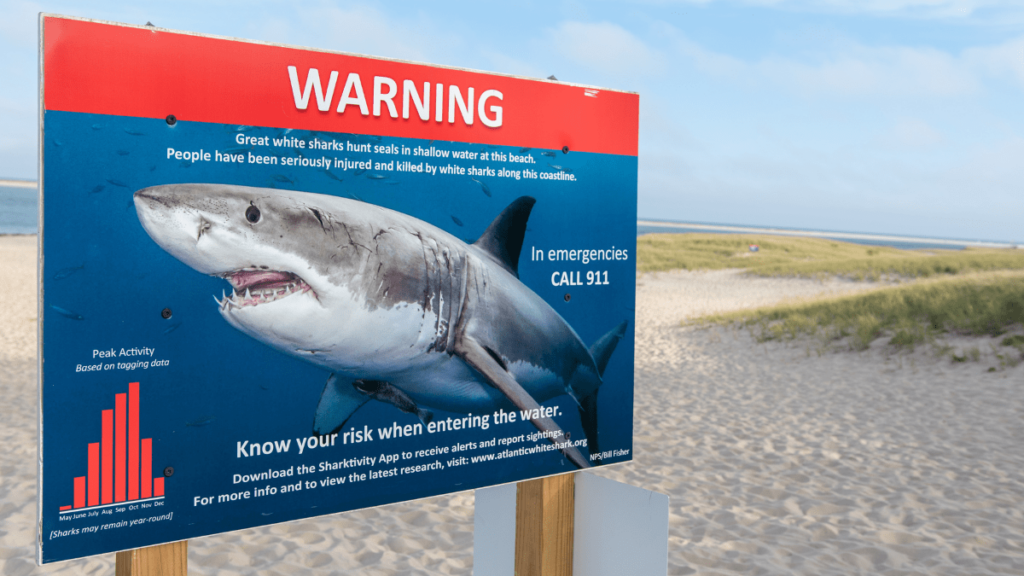
Though known great white attacks on people are extremely rare (and fatal attacks rarer still) on the global database, shark research shows that a large fraction of shark attacks are, whether unbeknownst to the victim or not, provoked.
Whether spearfishing, swimming in murky waters, or wearing a wetsuit that mimics a seal’s color a little too closely, it’s all too easy to accidentally expose oneself to shark bites.
It is of paramount importance, then, to avoid such triggers at all costs when in waters frequented by great white shark activity.

[…] it easier to find oysters containing pearls, but it also made shark attacks much less likely (as most shark attacks are cases of mistaken […]